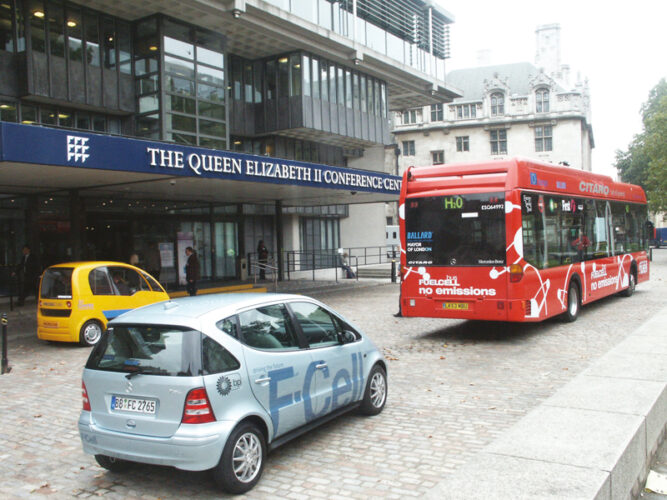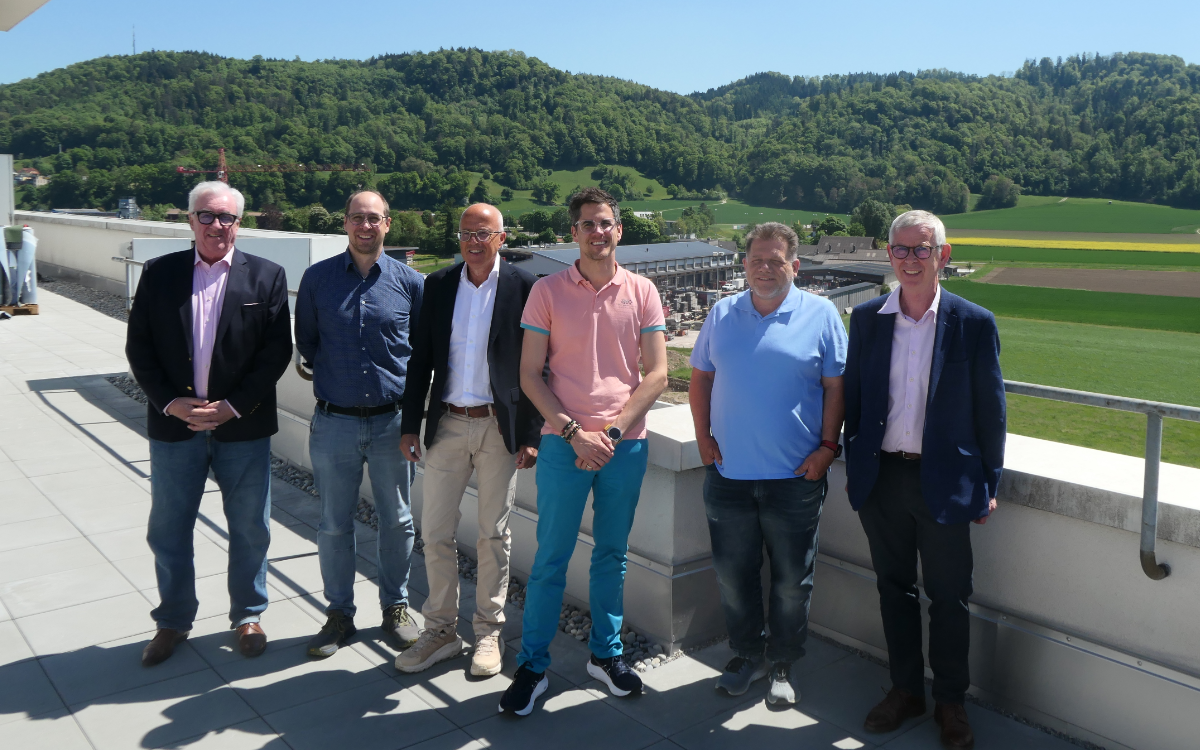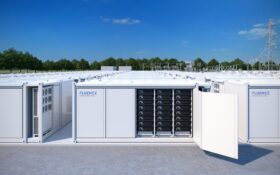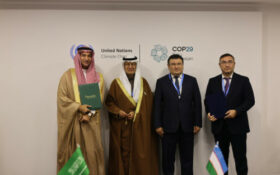The great the good and those with safe harbour statements gathered in London in October for the ninth Grove Fuel Cell Symposium. Was there any cause for optimism? Gerry Woolf looked hard for evidence.
Fuel cell conferences are getting to be like fuel cell buses - or ordinary buses for that matter. Miss one and there will be another one along in a minute. The Grove meeting (organised by science publisher Elsevier) would, you'd think, be a cut above the rest - and it probably is, if you have sufficient time to spend with the myriad of scientists . . .
to continue reading this article...
Sign up to any Premium subscription to continue reading
To read this article, and get access to all the Premium content on bestmag.co.uk, sign up for a Premium subscription.
view subscription optionsAlready Subscribed? Log In












